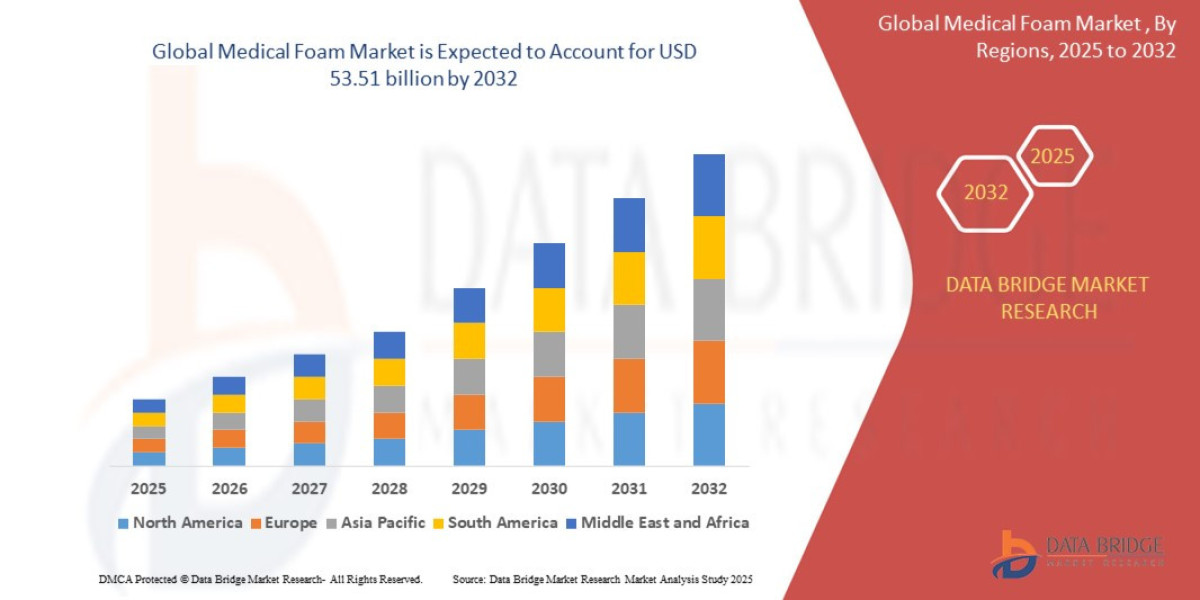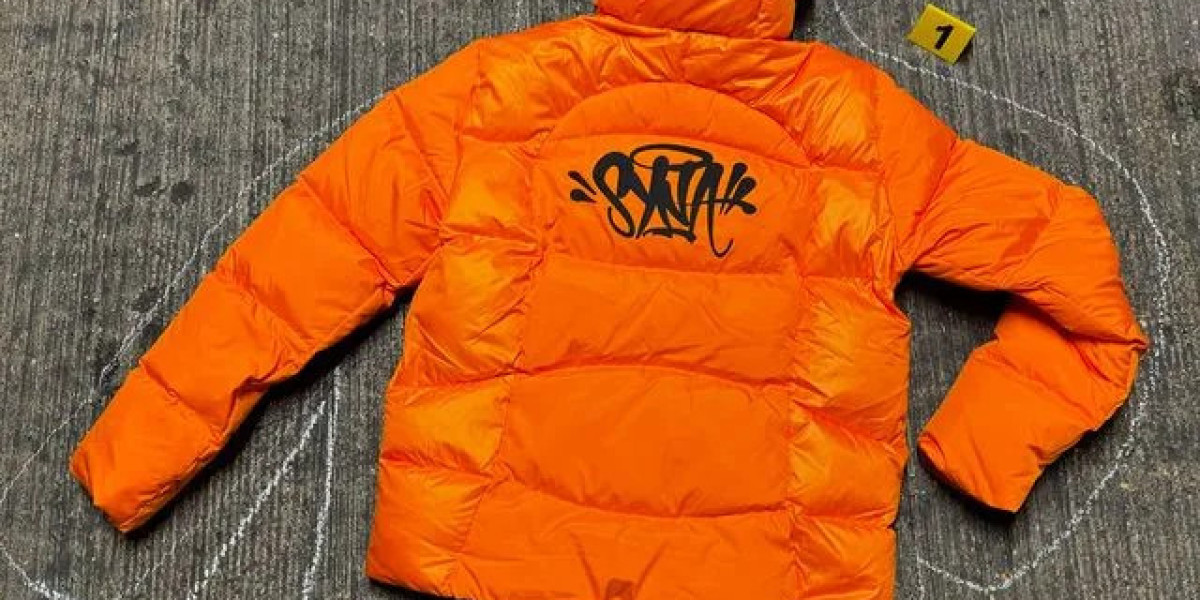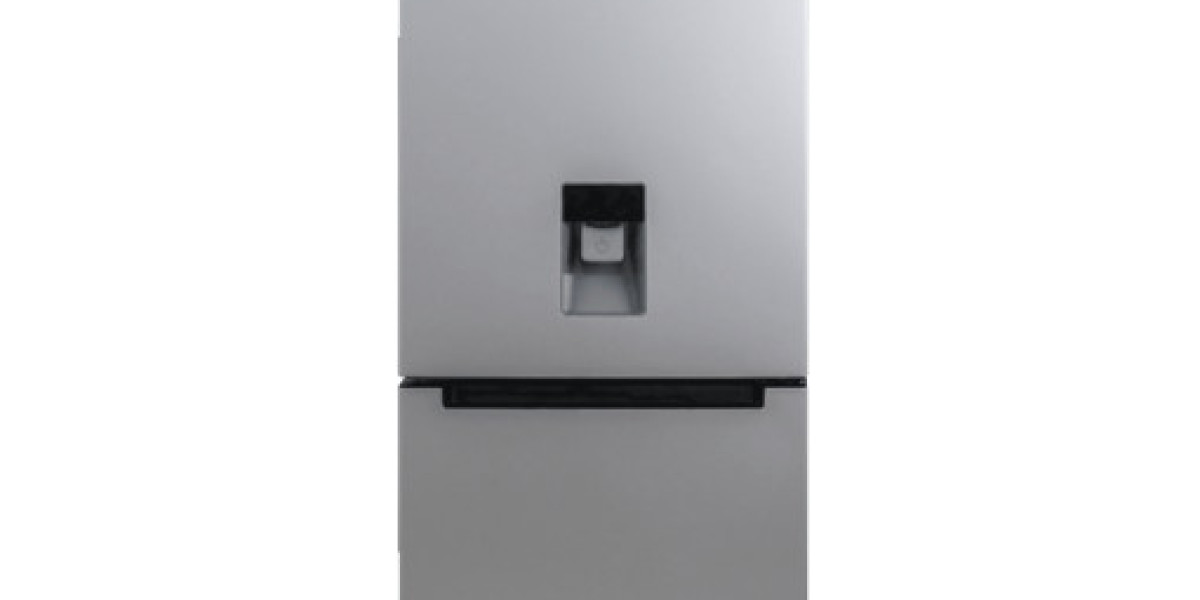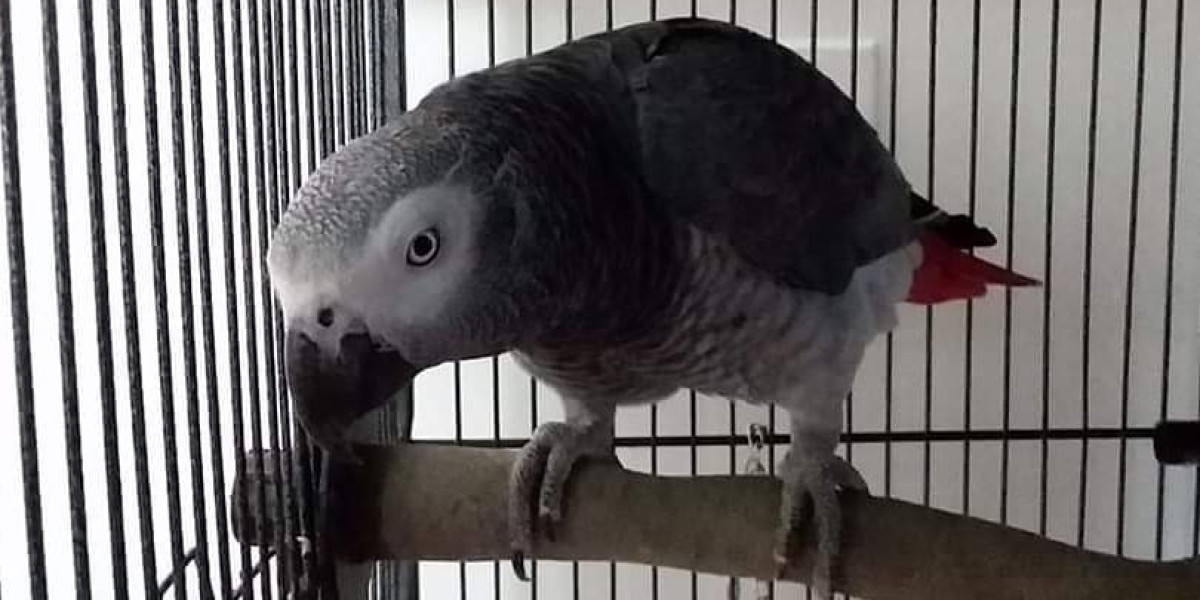Executive Summary
- The global medical foam market was valued at USD 32.33 Billion in 2024 and is expected to reach USD 53.51 Billion by 2032
- During the forecast period of 2025 to 2032 the market is likely to grow at a CAGR of 6.50%
Market Overview
The Medical Foam Market provides high-performance, biocompatible porous materials designed for intimate contact with the human body or sensitive medical equipment. These foams are categorized primarily by their base polymer chemistry, which dictates their mechanical properties and primary applications.
Key Segments by Material
The market is fundamentally driven by the chemistry of the base polymer:
Polyurethane (PU) Foam (Largest Segment): Dominates the market due to its versatility, excellent absorption capabilities, and breathability, making it ideal for advanced wound care and surgical sponges.
Silicone Foam (Fastest Growing Segment): Valued for its gentle adhesion, conformability, and reduced risk of skin irritation (atraumatic removal), driving its use in scar management and sensitive skin wound dressings.
Polyolefin Foam: Used in patient positioning, padding, and orthopedic applications where robust cushioning and low density are required.
Other Foams: Includes specialized materials like PVC, Hydrocolloid, and various hydrophilic foams used in niche applications like ostomy seals and drug delivery patches.
Key Segments by Application
Wound Care and Dressings (Dominant Segment): Foams provide a moist wound healing environment, managing exudate while acting as a barrier.
Patient Positioning and Mobility: Includes cushions, surgical wedges, and wheelchair seating, focusing on pressure ulcer (bed sore) prevention.
Medical Packaging: Used for insulating and protecting delicate instruments and temperature-sensitive biologics.
Drug Delivery: Novel foams are being developed for transdermal patches and localized drug release systems.
Drivers and Current Dynamics
Core Market Drivers:
Aging Population and Chronic Diseases: The global rise in geriatric patients, coupled with increasing rates of diabetes, drives the demand for chronic wound care and pressure ulcer prevention products.
Surgical Volume Growth: The increase in orthopedic, cardiac, and general surgeries necessitates high volumes of surgical sponges, tapes, and patient positioning foams.
Infection Control Focus: Single-use, sterile foam products reduce the risk of cross-contamination in hospitals, aligning with stricter infection prevention protocols.
Technological Advancements in Polymers: Continuous innovation in polymer science allows for foams with controlled pore size, integrated antimicrobial agents, and enhanced adhesion/release properties.
Current Dynamics: The primary dynamic is the shift from passive, commodity foams to Active, Advanced Foams that incorporate therapeutic agents (e.g., silver, PHMB) or dynamic features (e.g., controlled swelling, negative pressure compatibility) to accelerate healing.
Market Size & Forecast
- The global medical foam market was valued at USD 32.33 Billion in 2024 and is expected to reach USD 53.51 Billion by 2032
- During the forecast period of 2025 to 2032 the market is likely to grow at a CAGR of 6.50%
For More Information visit https://www.databridgemarketresearch.com/reports/global-medical-foam-market
Key Trends & Innovations
Innovation in the medical foam market centers on functionalizing the material to achieve better patient outcomes and addressing environmental sustainability concerns.
1. Incorporation of Antimicrobial Agents
A significant trend is the integration of broad-spectrum antimicrobial agents, such as silver, PHMB (Polyhexamethylene Biguanide), and iodine, directly into foam matrices. This helps manage the bioburden within chronic wounds, preventing infection, which is crucial for diabetic foot ulcers and venous leg ulcers.
2. Smart and Active Foams
Researchers are developing "smart" foams with dynamic properties:
Color-Changing Indicators: Foams that change color to signal saturation levels, pH shifts, or the presence of specific infectious bacteria.
Temperature Regulation: Foams engineered to provide localized cooling or warming, potentially improving patient comfort and supporting blood flow.
Drug-Eluting Foams: Foams designed to release therapeutic payloads (e.g., pain medication, growth factors) into the wound bed in a controlled, sustained manner.
3. Sustainability and Biodegradable Materials
With increasing environmental scrutiny on single-use plastics, there is a burgeoning trend toward bio-based and biodegradable foams. Companies are exploring materials derived from natural sources (e.g., natural rubbers, cellulose-based polymers) that maintain biocompatibility and performance but offer reduced environmental impact upon disposal.
4. Advanced Manufacturing (3D Printing)
3D printing is beginning to be explored for creating highly customized, patient-specific foam geometries, particularly for orthopedic supports and complex prosthetic sockets. This allows for precise control over pore structure, porosity, and stiffness gradients, which are critical for optimal biomechanical performance.
Competitive Landscape
The market is fragmented but features domination by a few global medical device and materials specialists who control key material technologies and extensive distribution channels.
Major Players and Strategic Strategies
Integrated Medical Device Giants (e.g., 3M, Coloplast, Mölnlycke Health Care): These companies leverage their strong clinical credibility and existing hospital relationships. Their strategy involves vertical integration (controlling both the foam formulation and the final dressing product) and premium pricing based on clinical evidence and superior performance (especially in chronic wound management).
Specialized Foam and Polymer Manufacturers (e.g., Rogers Corporation, Trelleborg AB): These firms focus on B2B supply, developing highly customized foam components (e.g., seals, gaskets, acoustic dampeners) for other device manufacturers. Their competitive edge is material science expertise and rapid customization/prototyping.
Commodity Manufacturers (especially in APAC): These players compete fiercely on price and volume in standardized segments like surgical sponges and basic patient padding, often targeting emerging markets or non-critical applications.
Competition is primarily fought on the basis of clinical efficacy data (especially for PU and silicone advanced dressings), demonstrating superior fluid handling capacity, wear time, and atraumatic removal.
Regional Insights
Market demand is influenced by healthcare infrastructure quality, prevalence of chronic diseases, and reimbursement policies for advanced treatments.
North America (Highest Revenue and Innovation Adoption)
Performance: The largest and most profitable market, driven by high per-capita healthcare spending, strong regulatory compliance, and high adoption rates of premium advanced wound care foams.
Opportunity: Continued demand for pressure ulcer prevention products and specialized silicone foams driven by favorable reimbursement for chronic care management.
Europe (Emphasis on Cost-Effectiveness and Quality)
Performance: A mature market with high utilization. Demand is balanced between efficacy and cost-effectiveness due to centralized public healthcare systems. Stringent standards on material biocompatibility are a key driver.
Opportunity: Growth in home healthcare settings requires user-friendly foam dressings and positioning aids, creating opportunities for compact, high-performance products.
Asia-Pacific (APAC) (High Growth Engine)
Performance: The fastest-growing regional market, fueled by rising surgical volumes, improving healthcare access, and a large, growing diabetic population leading to increased wound incidence.
Opportunity: Significant potential in both high-end advanced dressings (in private hospitals) and cost-effective, high-volume commodity surgical foams. Localization of manufacturing is key to mitigating import costs.
Challenges & Risks
Despite its essential role, the market faces hurdles related to cost, regulation, and material science trade-offs.
1. Regulatory Scrutiny and Biocompatibility
Medical foams must meet rigorous FDA and EU standards for biocompatibility (ISO 10993) and sterility. Any failure to meet these standards, particularly regarding leaching or toxicity, can result in expensive product recalls and market withdrawal. Continuous compliance is a major operational challenge.
2. Cost Pressure in Commodity Segments
In high-volume, standardized applications (like surgical sponges), intense competition, particularly from Asian manufacturers, drives prices down. This requires suppliers to either innovate toward premium products or achieve massive scale efficiency to maintain profitability.
3. Material Science Trade-offs
Foam manufacturers constantly manage difficult material trade-offs:
High Absorption vs. Flexibility: Achieving high fluid handling often compromises the material's conformability and drape.
Adhesion vs. Atraumatic Removal: Strong adhesion to the skin improves wear time but increases the risk of pain and trauma upon removal.
Antimicrobial Integration vs. Biocompatibility: Incorporating active agents without compromising the integrity of the foam or causing localized toxicity is technically challenging.
4. Supply Chain Volatility
The market relies heavily on petroleum-derived raw materials (e.g., polyols for PU). Fluctuations in crude oil prices and petrochemical supply chains can impact the cost and availability of key foam precursors.
Opportunities & Strategic Recommendations
Strategic success in the medical foam market depends on specialization, integration of therapeutic features, and supply chain control.
Strategic Recommendations for Stakeholders
Focus on Functional Foams and IP: Invest heavily in R&D to develop proprietary foam formulations with integrated functionalities (antimicrobials, odor absorbers, therapeutic agents). Patenting these material innovations provides protection against low-cost commodity competition.
Target Home and Ambulatory Care: Design and market user-friendly foam products that simplify self-application and are optimized for extended wear time, aligning with the healthcare shift toward home-based and chronic condition management.
Vertical Integration and Supply Chain Resiliency: Device manufacturers should consider acquiring or partnering closely with specialized polymer chemists to secure access to proprietary material supply and control quality from the raw material stage to the finished product.
Leverage Pressure Management: Focus on developing next-generation anti-shear and pressure-redistributing foams for high-risk patient care areas (ICUs, ORs). Use sophisticated modeling and testing to provide objective, data-backed evidence of superior pressure mitigation performance to clinicians.
Browse More Reports:
Global Clostridial Diseases Market
France Aluminum Pigments Market
Global Optical Spectrum Analyzer Market
Asia-Pacific Rice Husk Ash Market
Global Rugged Smartphones Sensors Market
Global Protein Labelling Market
North America Laminated Busbar Market
Global Behavioral Health Care Software and Services Market
North America Topical Corticosteroids Market
Global Dairy Desserts Market
Europe Genetic Testing Market
Global Tissue Banking Market
Global Xylose Market
Global Pulmonary Embolism Market
Middle East and Africa Healthcare Logistics Market
Middle East and Africa Rowing Boats and Kayaks Market
Europe Unmanned Ground Vehicle Market
Global Unidirectional Tapes Market
Global Voice Termination Market
Global Plant-Based Milk Market
Global Ion Milling System Market
Europe Hydrographic Survey Equipment Market
Global Wind Turbine Pitch System Market
Global Industrial Vehicles Market
Europe Data Integration Market
Asia-Pacific Fuse Market
Global Non Hodgkin Lymphoma Market
Global Dairy Flavours Market
Global Immune Health Supplements Market
Global Bone Conduction Hearing Aids Market
North America Plastic Compounding Market
About Data Bridge Market Research:
An absolute way to forecast what the future holds is to comprehend the trend today!
Data Bridge Market Research set forth itself as an unconventional and neoteric market research and consulting firm with an unparalleled level of resilience and integrated approaches. We are determined to unearth the best market opportunities and foster efficient information for your business to thrive in the market. Data Bridge endeavors to provide appropriate solutions to the complex business challenges and initiates an effortless decision-making process. Data Bridge is an aftermath of sheer wisdom and experience which was formulated and framed in the year 2015 in Pune.
Contact Us:
Data Bridge Market Research
US: +1 614 591 3140
UK: +44 845 154 9652
APAC : +653 1251 975
Email:- corporatesales@databridgemarketresearch.com








